PHILOSOPHY OF TABLE CHEMISTRY
Ancestors are always present through the ancestral tablet - incense bowl on the altar, to certify the achievements and supervise the mistakes of their descendants. In front of the altar, filial piety will support the educational ideology of encouraging good and discouraging evil, very humane. In Hue's traditional philosophy of life, ancestors are "home" on death anniversaries and Tet holidays. Descendants must fulfill the duties of worship and observance, taking care of the tomb to fulfill the second duty of filial piety, which is not to let their family members go hungry or have rags (the other two duties of "three great filial piety" are to continue the lineage and not to let their family members be looked down upon).
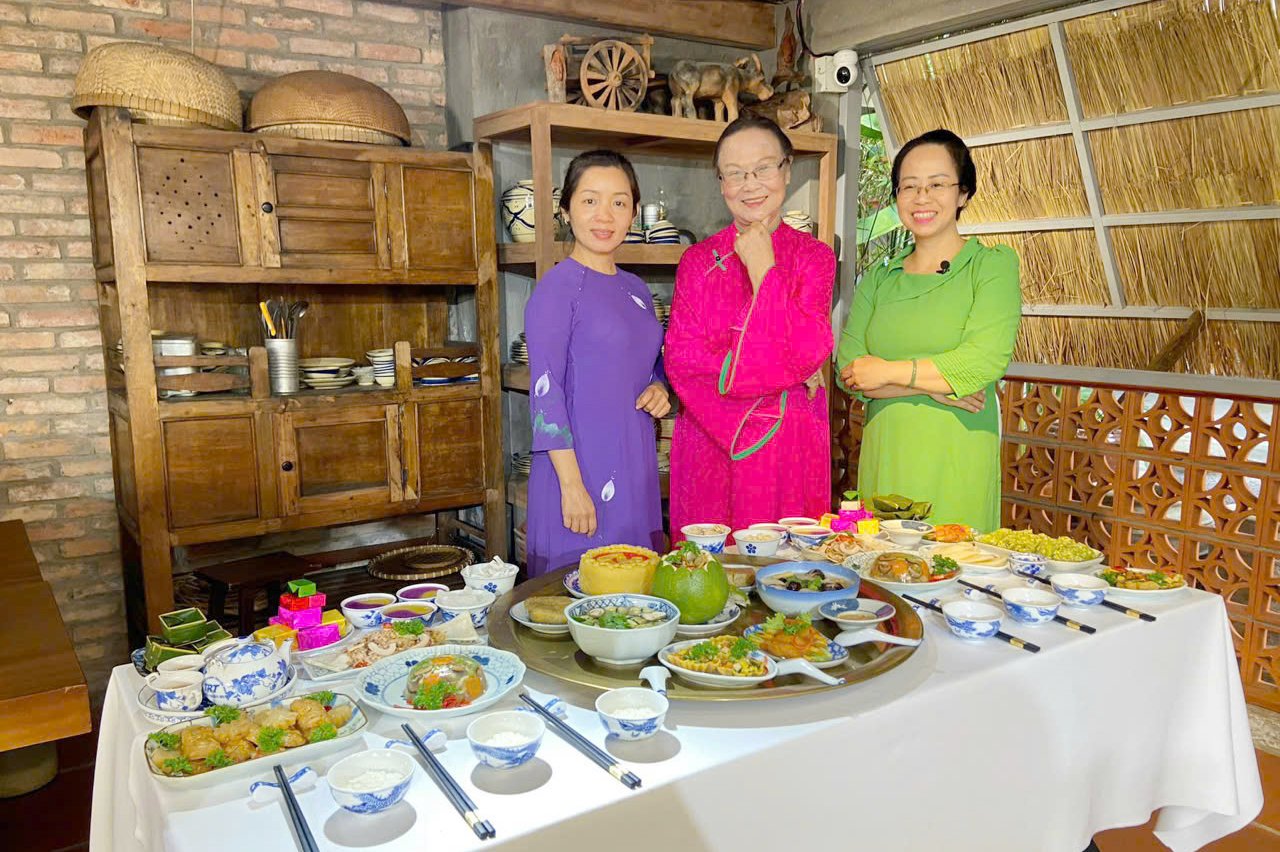
Vegetarian meal on Tet holiday in Hue
After the Kitchen God returns to heaven on the 23rd of the 12th lunar month, people clean their houses and altars, change the sand in the incense bowls, and prepare offerings. When all administrative and farming work is finished, usually on the 29th and 30th of the 12th lunar month, the family holds a year-end offering to thank the local gods and ancestors for supporting the family during the year and invite the ancestors to come to the altar to celebrate Tet. This is a quiet time, when children and grandchildren return to gather before their ancestors, so the year-end offering tray becomes even more sacred. Women devote all their energy and resources to first offering (to the ancestors), then giving (to the children and grandchildren to enjoy the benefits), following the spirit of family tradition (more or less, depending on the family situation), and must give a sincere gift.
On the basis of traditional wet rice agriculture, which is generally poor, from the village to the royal court, our ancestors have philosophized the feast in the direction of Sen (sparing) but Sang (luxurious), must be Hoa (harmonious) and Hoa (diverse, variable), making the culinary story more meaningful: delicious in taste; healthy in pharmacology; harmonious in nutrition, materials, colors, context; solemn and sacred in space, subject and object; careful, meticulous in presentation... Like the dish of peacock and phoenix spring rolls in the "eight treasures" in the royal palace, it is actually made from peacocks and phoenixes with care, delicacy, and optimal safety according to the royal court's regulations. That is like the "original", but there are also many other "versions", gradually decreasing, in the lives of royal relatives, upper-class mandarins, replaced by wild chickens and among the people, domesticated chickens, birds...; even made vegetarian with ingredients such as tofu, bean curd, mushrooms, jackfruit, breadfruit, figs, and even jackfruit pulp, which is a waste. Diverse, varied, sophisticated, and luxurious.
Hue people celebrate Tet in the first year of becoming a centrally-governed city
CONVERGENCE AND UNIQUE
The year-end offering tray in the ancient capital of Hue gathers dishes from many materials: meat (livestock, poultry, wild), seafood (from rivers, lagoons, seas) and herbs (vegetables, tubers, fruits); processed by methods that do not use heat (eaten raw, eaten in salads, fermented, salted), using heat (rare, cooked) such as frying, steaming, stewing, steaming, braising, braising, boiling, cooking, grilling, roasting, simmering, stewing, rare, stewing, stir-frying...
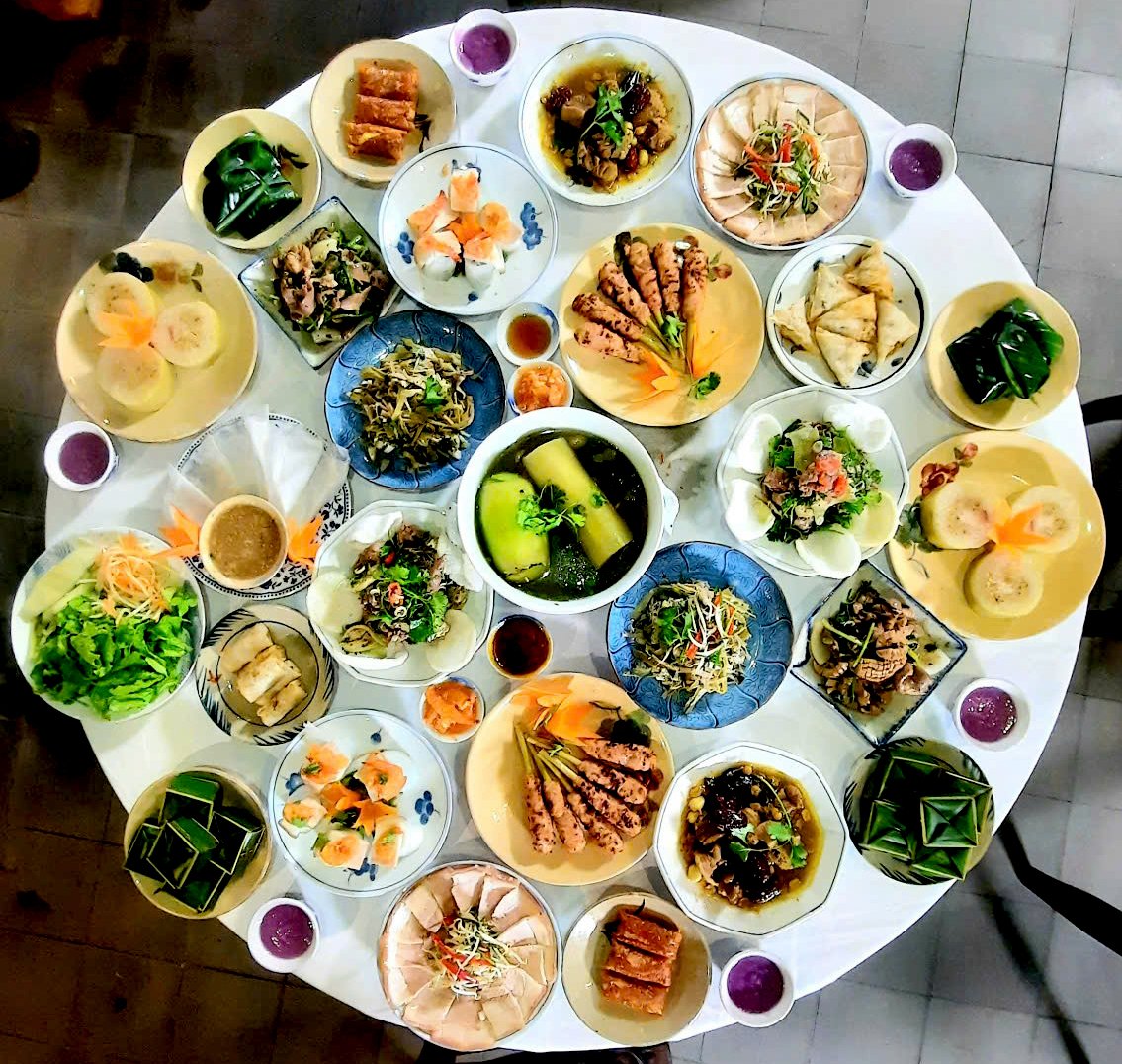
Hue Tet tray, crafted by artisan Mai Thi Tra
On the offering tray, the soup bowl and stew bowl are arranged in the middle in the style of water gathering/water gathering, helping to position the dishes with water around, then the dry dishes with meat and fish; on the outside are the stir-fried and mixed dishes. The system of dipping sauces, sauces, and broths is diverse for each specific dish, with the decoration of colorful spices: garlic, pepper, chili, onion, coriander, sage... There are also green chili, ripe red chili, left whole or chopped, crushed; whole garlic or peeled into cloves, or chopped, placed on small plates with the name of delicacies. The more wealthy the family is, the more sumptuous and elaborate the feast is, typically in the royal court. Since 1793, J. Barrow in his work A journey to Nam Ha 1792 - 1793 saw that the eating style of Hue people is very unique. Because Chinese people usually put all the dishes on the table, but Hue people not only cover the table but also stack the dishes on top of each other in three or four layers, up to more than 200, very sumptuous and sophisticated.
After the New Year, the ancestors "stay", the descendants take care of the food and drink on the altar, symbolized by the system of cakes (chung, tay, tet, loc, in, to), jams, pickled cabbage, pickled vegetables, dam (meat, vegetables, fruits) and many flowers, fruits... The rest depends on their heart and strength, the descendants can make a tray of offerings or simply eat whatever they want to offer because the nutritional needs of Tet are not high and to avoid waste. The small, delicate things are very practical like that.
Therefore, the year-end offering tray is the most abundant, converging and connecting the two worlds of yin and yang, helping to nourish family traditions, linking filial piety and loyalty throughout, helping to stabilize the foundation of society. That sacred source needs to be maintained and promoted in the current context, starting with the story of the meal tray and the offering tray.

Tet meal
Hue cuisine is even more delicious and meaningful with the year-end offering tray, opening the Hue New Year, so that Hue is worthy of the title of "culinary capital". The figures of men and women in the family are also "distinct", clearly positioned. In the past, men who became famous in society, fulfilled their filial piety and loyalty, also thanks to the strong rear with the housewives behind taking care of the house, fields, worshiping ancestors, supporting grandparents and parents, and raising children and grandchildren. The kitchen in the east of the room is red with fire, the stove is lit with incense regularly, connected to the incense bowl on the altar, is the incense burner, taking care of the meal tray (daily) and the offering tray (on the last day of the last month of the lunar month, the first day of the lunar month, the first day of the lunar month) are always the cleanest, most delicious, healthy and solemn.
The Hue Tet altar is decorated with the desire for peace and prosperity. In addition to the tray of offerings, there is also sticky rice, the essence of heaven and earth, with many nutrients and adhesion (sticky rice, banh chung, banh tet...); there are sweet soups, jams and cakes, the sweetness of heaven. The flower on the left (east) symbolizes the woman with the desire to blossom. The fruit on the right (west) symbolizes the man, bearing fruit with the center being a bunch of bananas, showing the transformation from green to yellow, ripening to black. Above are fruits from the home garden, prioritizing the seeded variety (soursop, pomegranate, watermelon, guava, orange...) with the strong desire to reproduce.
Source: https://thanhnien.vn/mach-nguon-tren-mam-co-tet-xu-hue-185250102205951821.htm


![[Photo] Unique folk games at Chuong Village Festival](https://vstatic.vietnam.vn/vietnam/resource/IMAGE/2025/4/10/cff805a06fdd443b9474c017f98075a4)
![[Photo] Phuc Tho mulberry season – Sweet fruit from green agriculture](https://vstatic.vietnam.vn/vietnam/resource/IMAGE/2025/4/10/1710a51d63c84a5a92de1b9b4caaf3e5)


![[Photo] Prime Minister Pham Minh Chinh chairs meeting to discuss tax solutions for Vietnam's import and export goods](https://vstatic.vietnam.vn/vietnam/resource/IMAGE/2025/4/10/19b9ed81ca2940b79fb8a0b9ccef539a)

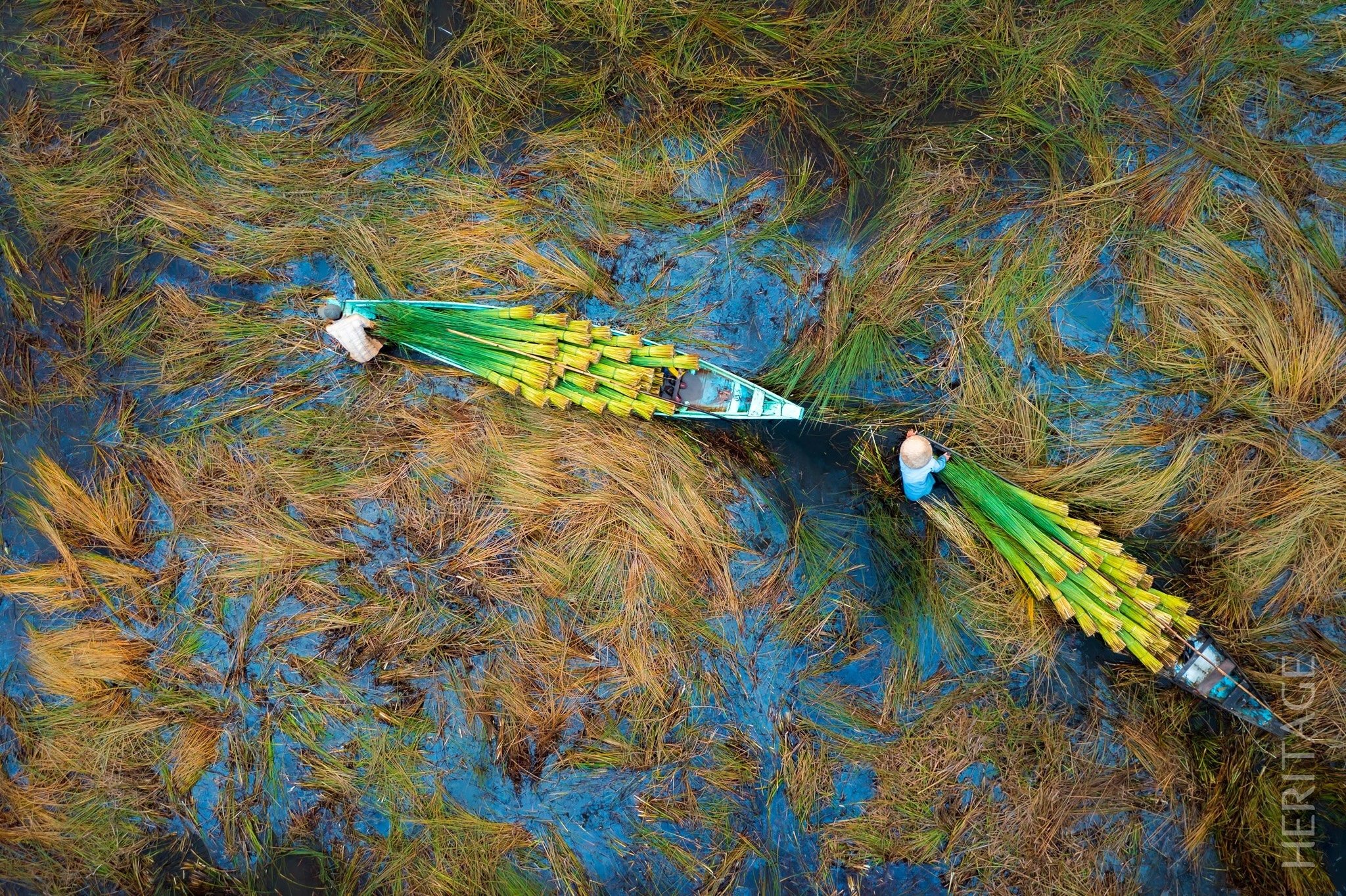




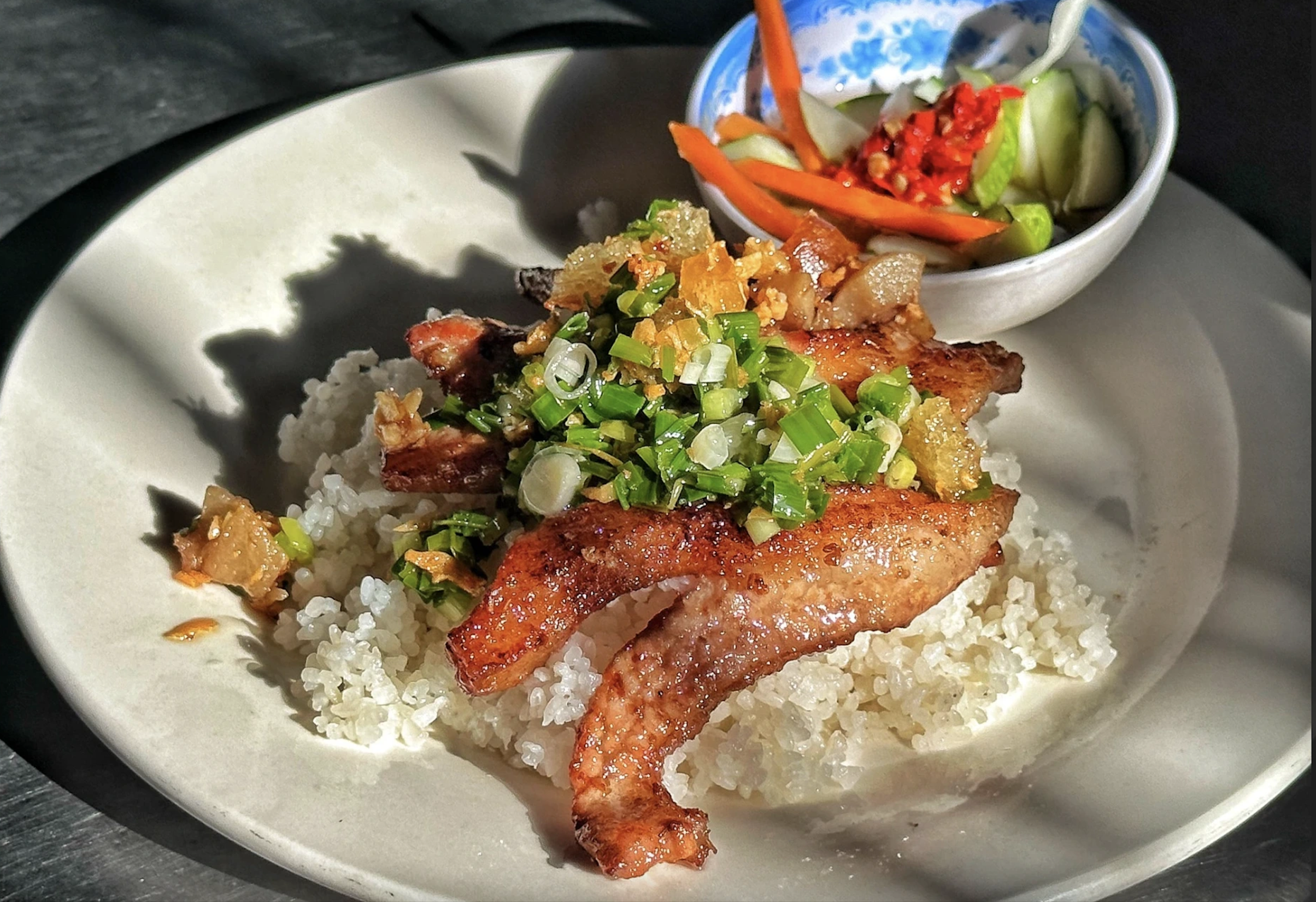


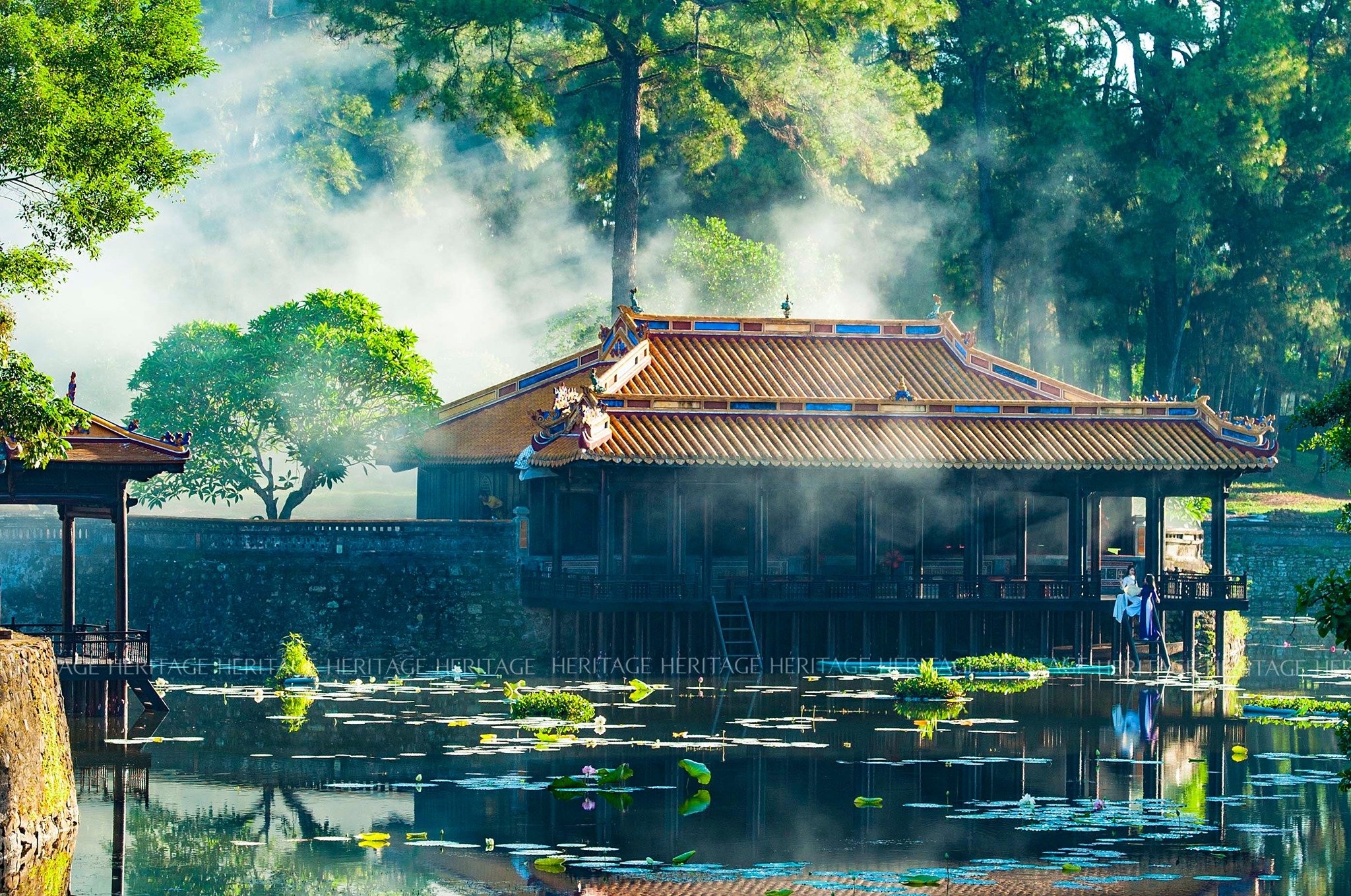
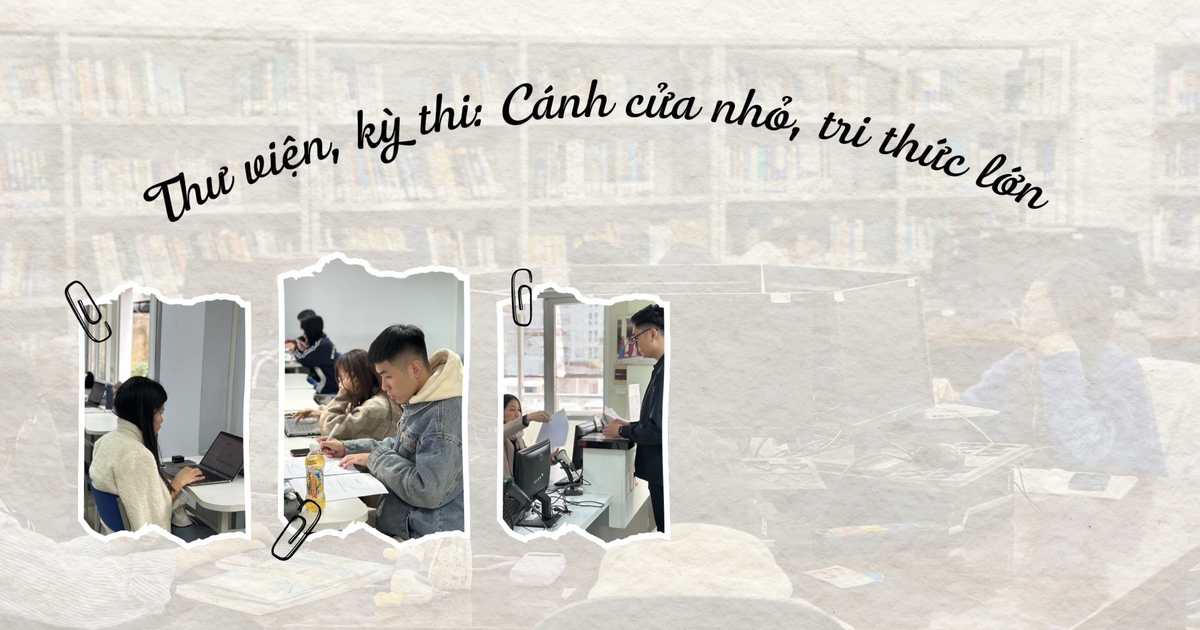
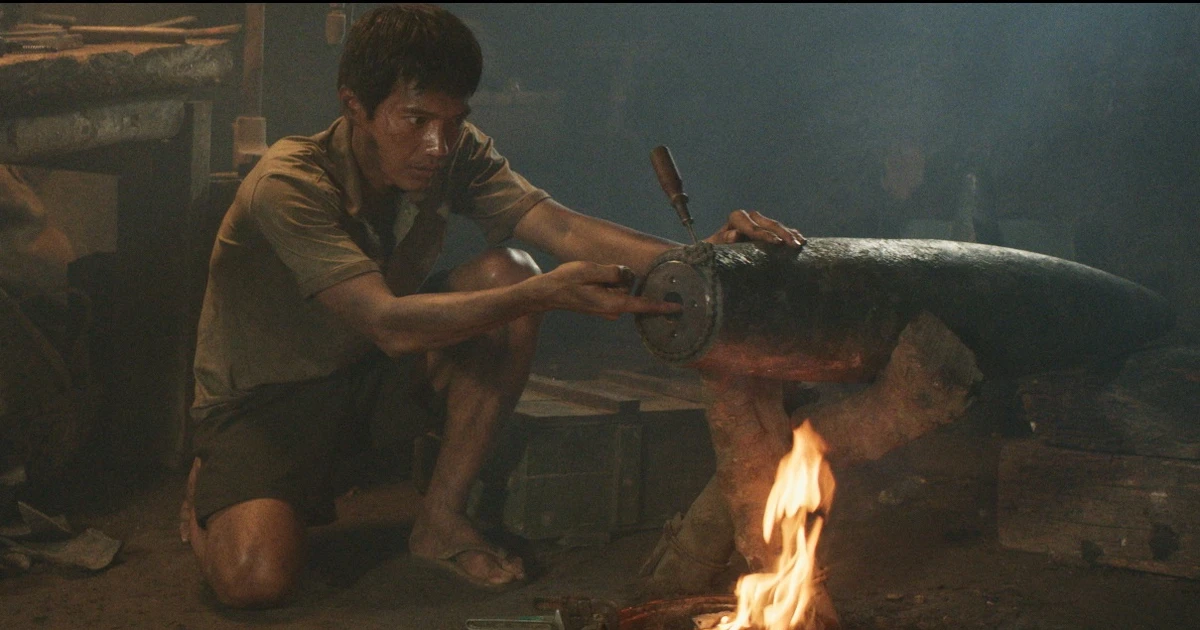
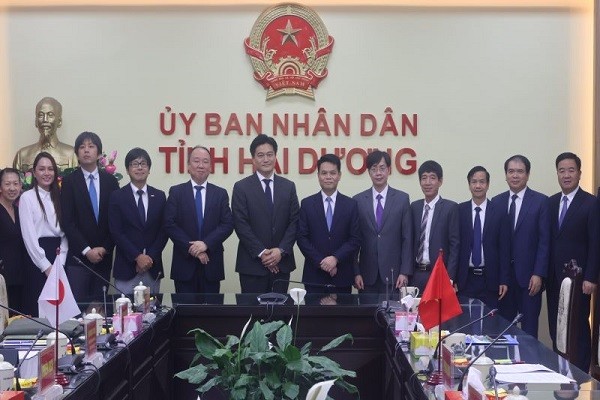








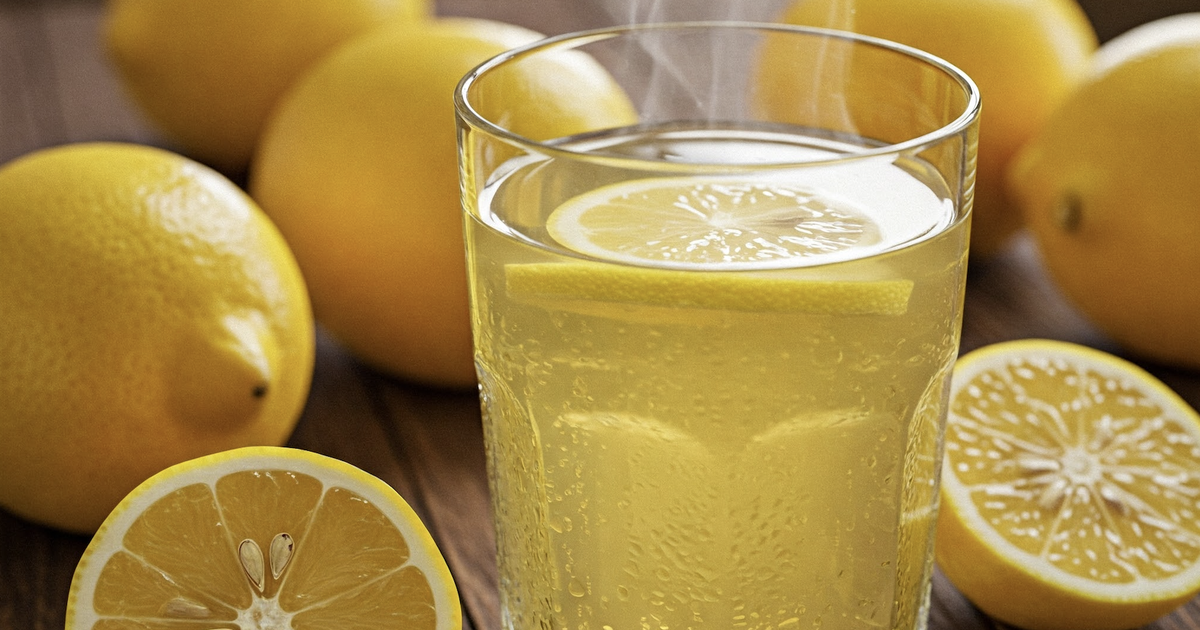

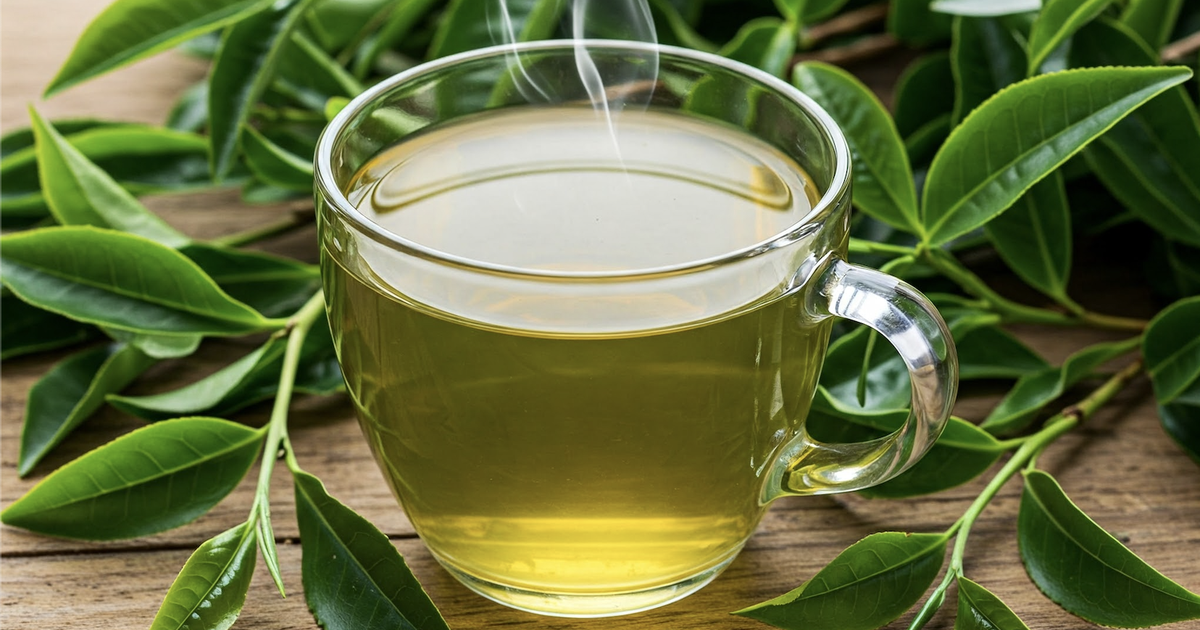



















































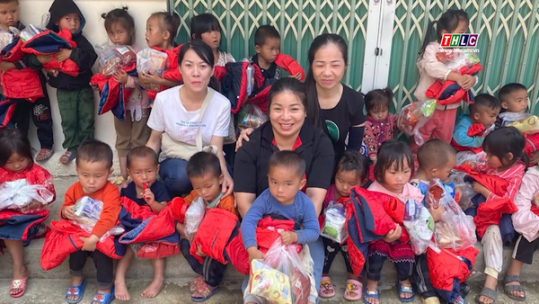
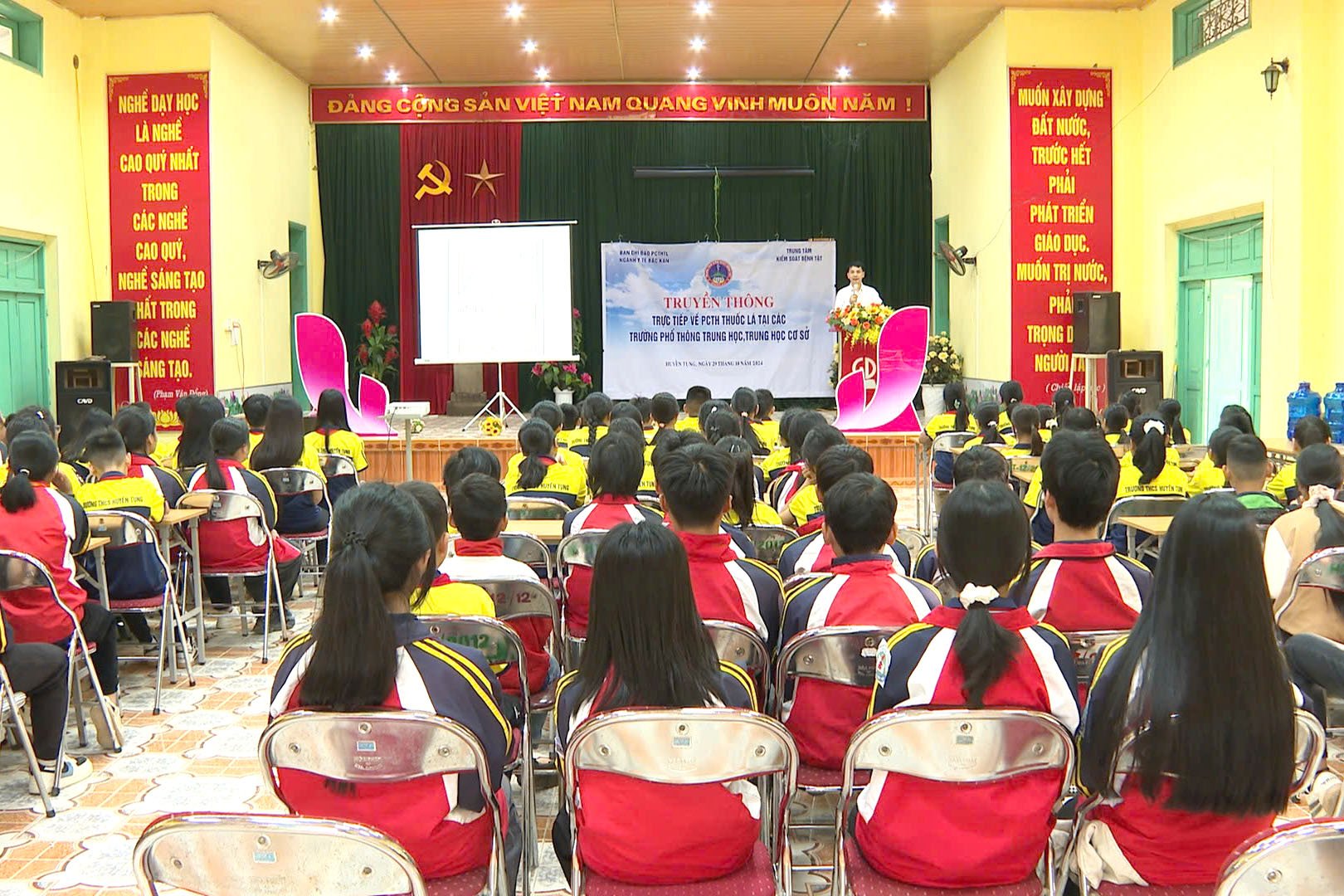
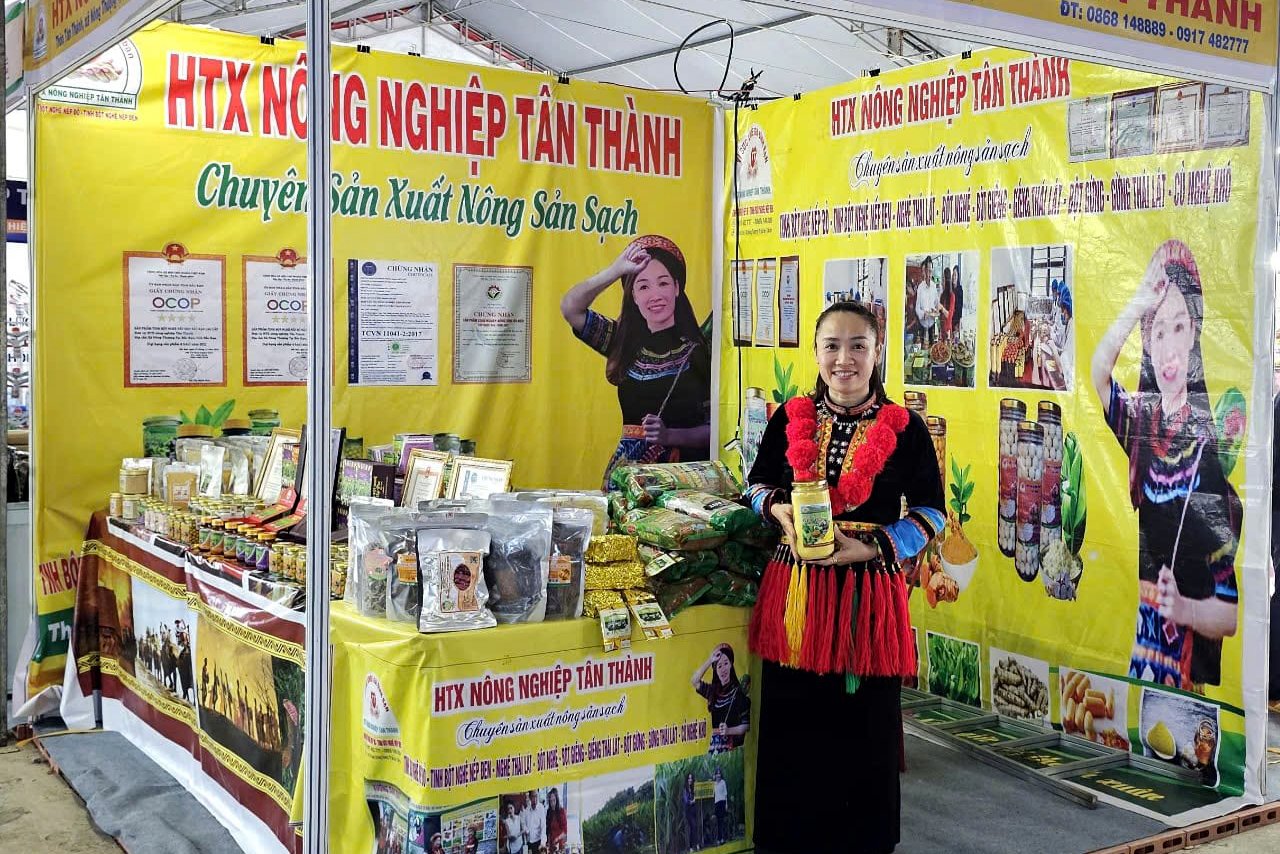
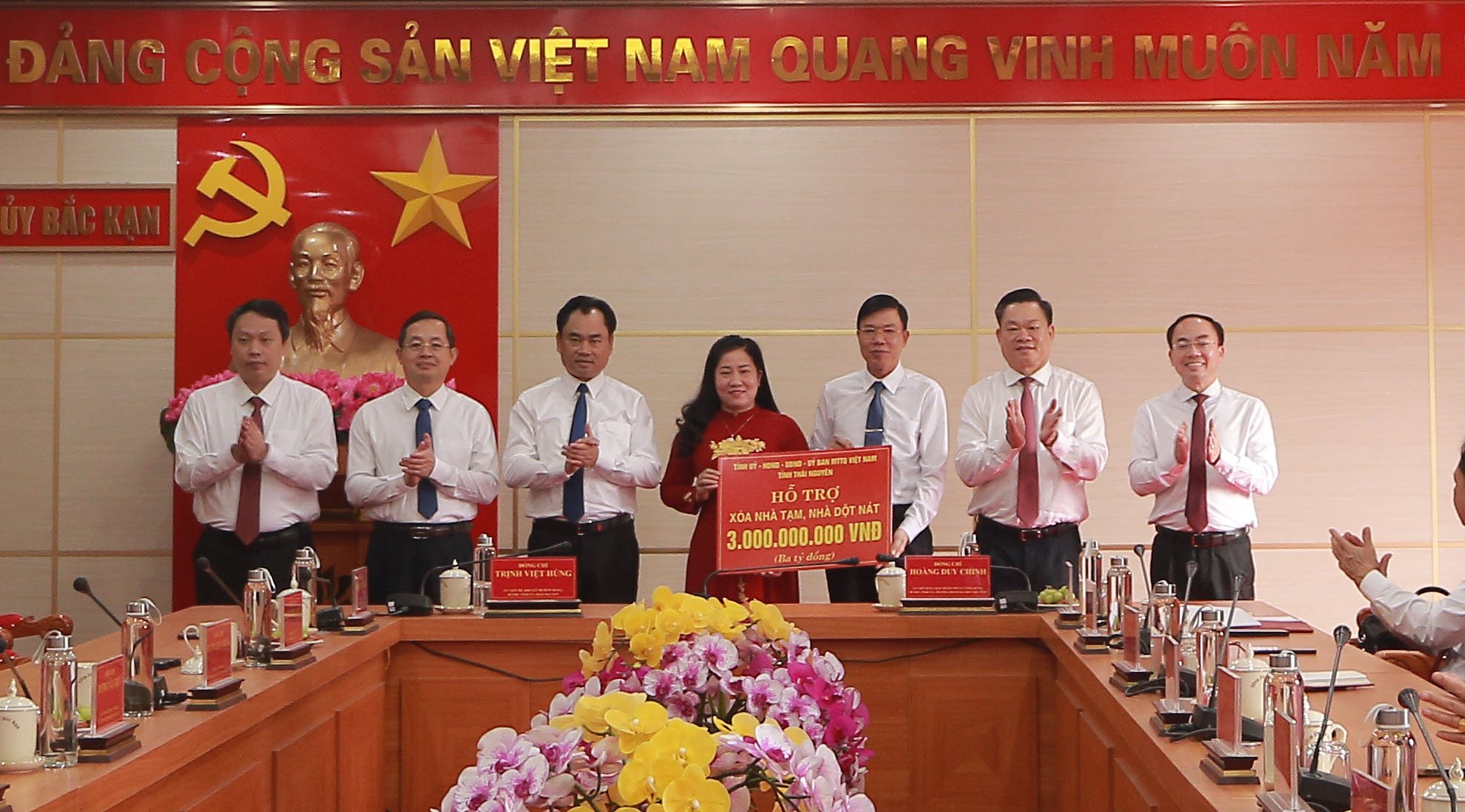








Comment (0)